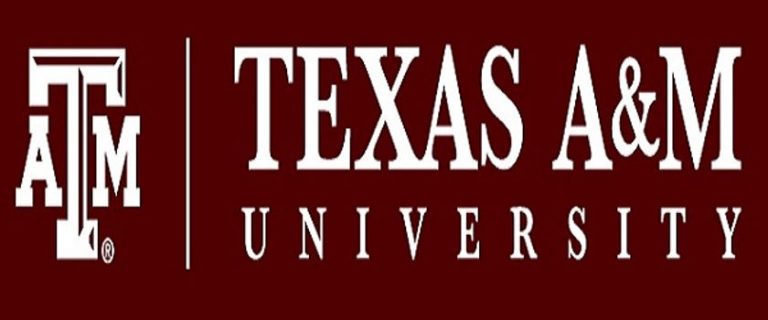What is a Q Drop in College?
What is a Q Drop in College? – Navigating the intricate maze of college processes can often leave students feeling overwhelmed. Among the myriad of terms and procedures they encounter, one that stands out and raises eyebrows is the concept of a “Q Drop.” At its core, a Q Drop is an administrative manoeuvre that allows college students to withdraw from a course after the initial add/drop period has concluded, without receiving a failing grade on their transcript.School News Portal
However, it’s not as simple as just wanting to exit a course. There are specific conditions, deadlines, and implications associated with this action. Typically, universities have a set limit on the number of Q Drops a student can use throughout their academic journey, ensuring the privilege isn’t abused. Furthermore, while the student’s transcript might not reflect a fail, a notation indicating the drop usually appears, which could be a point of consideration for future academic or employment opportunities.
Navigating these waters requires a keen understanding of one’s college policies and a careful weighing of the pros and cons. By familiarizing oneself with the ins and outs of the Q Drop process, students can make informed decisions that align best with their academic and personal goals. Whether considering a Q Drop or simply seeking to understand college lingo, knowledge is the first step to empowerment.Q Drop in College?
Read Also: TAMU OneDrive login – How to Register on TAMU OneDrive Login
1. Reasons for Opting a Q-Drop
Students might consider a Q-drop due to:
- Academic Challenges: Perhaps the course content is too challenging or not what they anticipated.
- Personal Reasons: Health issues, family emergencies, mental health struggles, or other personal commitments.
- Scheduling Conflicts: Overlapping classes or realizing that one has overcommitted.
- Inadequate Preparation: Insufficient prerequisite knowledge or skills for a particular course.
- Change of Major or Interests: The course might no longer be relevant to a student’s academic or career goals.
2. The Procedure to Q-Drop a Course
The process varies across institutions, but generally, it involves:
- Consultation: Before making a decision, it’s essential to speak with academic advisors or counselors.
- Filling Out the Required Form: Most colleges will have a specific form for course drops.
- Submission: The completed form, often with an advisor’s signature, needs to be submitted before the Q-drop deadline.
- Confirmation: Once approved, the course will be removed from the student’s schedule.
Read Also: TAMU National Recognition Scholarship Requirements
3. Impact on Your Academic Record
- Transcript Indication: A ‘Q’ or similar notation may appear on your transcript.
- No Impact on GPA: Since it’s a neutral withdrawal, there’s typically no impact on your grade point average.
- Limited Drops: Many colleges limit the number of Q-drops a student can make during their academic career.
4. Pros and Cons of a Q-Drop
Pros:
- Provides relief from an overwhelming course.
- Can prevent a low grade from affecting GPA.
- Allows for focus on other courses or personal issues.
Cons:
- Might extend graduation timelines if the course is mandatory.
- Possible financial implications, such as non-refundable tuition.
- Limited Q-drops mean students have to make the decision wisely.
Read Also: TAMU Law School LSAT Requirements
5. Alternative Solutions to Q-Drop
Before considering a Q-drop, it’s worth exploring:
- Tutoring: Many colleges offer free or paid tutoring services.
- Study Groups: Collaborating with peers can provide a fresh perspective.
- Meeting with the Professor: Discussing challenges can lead to helpful solutions or extensions.
- Course Auditing: Some colleges allow students to audit courses, meaning they attend without earning a grade.
6. Frequently Asked Questions
- Is a Q-drop bad? A Q-drop is neutral. It won’t negatively affect your GPA, but frequent Q-drops might raise questions for potential employers or grad schools.
- Can I Q-drop after the deadline? Typically, no. However, some institutions might offer exceptions for extenuating circumstances.
- Will I get a tuition refund after a Q-drop? It depends on the institution’s policies and the timing of the drop. Often, refunds are pro-rated based on the drop date.
Conclusion
In essence, a Q Drop in college is a tool students can utilize when faced with significant challenges in their coursework. While it offers a respite from potential failing grades and academic stress, it’s essential to approach the decision with a full understanding of its implications. By consulting with academic advisors and considering the long-term impact, students can make informed choices about when and if to use a Q Drop. Remember, every student’s journey is unique, and there’s no one-size-fits-all answer. Always prioritize your well-being and academic goals when navigating the vast world of higher education.
Read Also: Electrical Engineering TAMU Requirements

